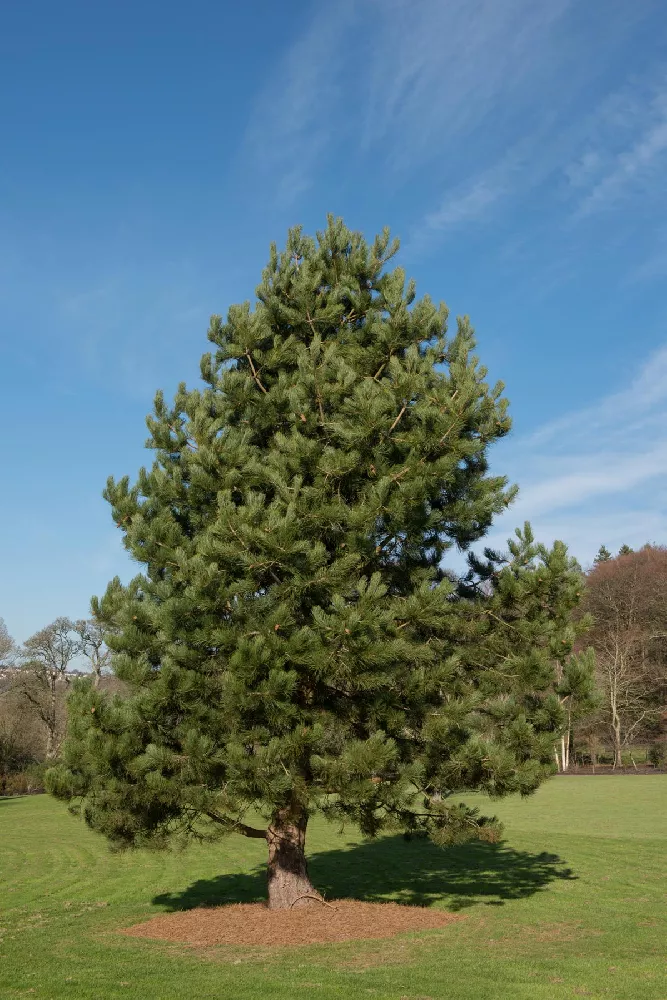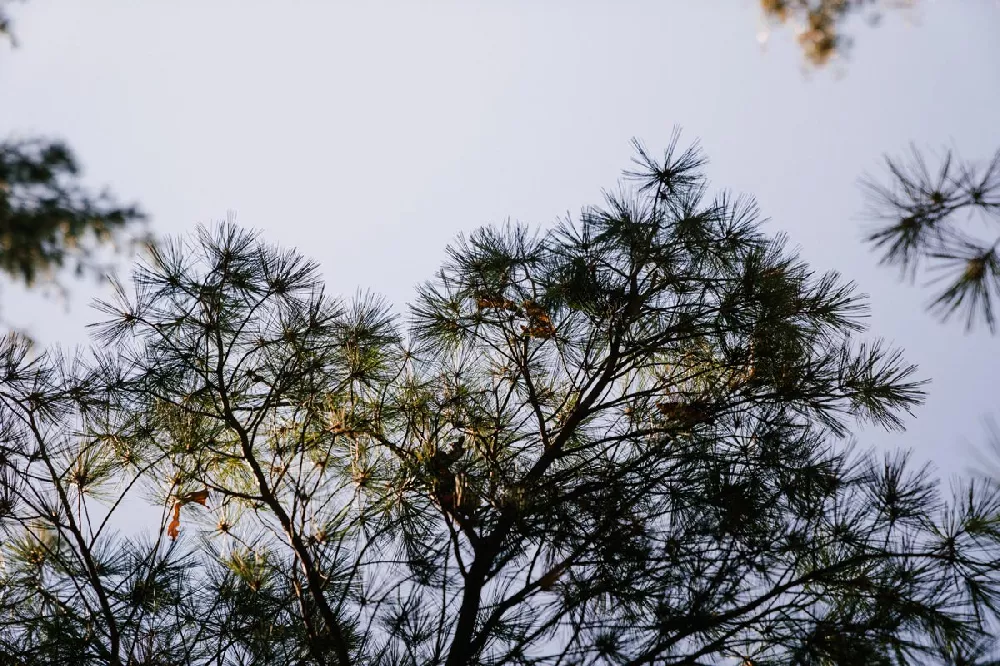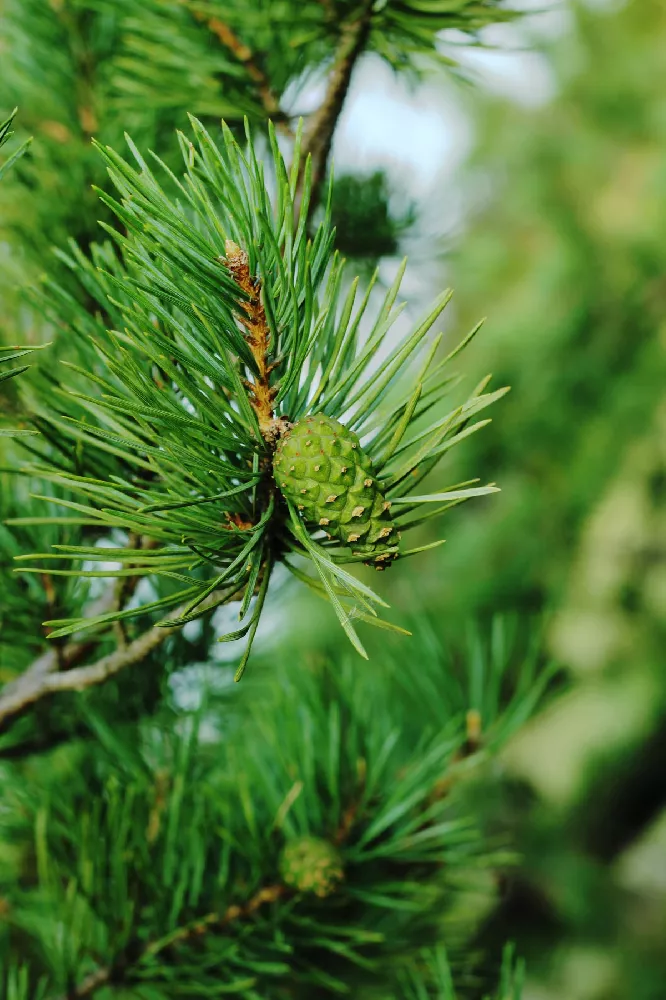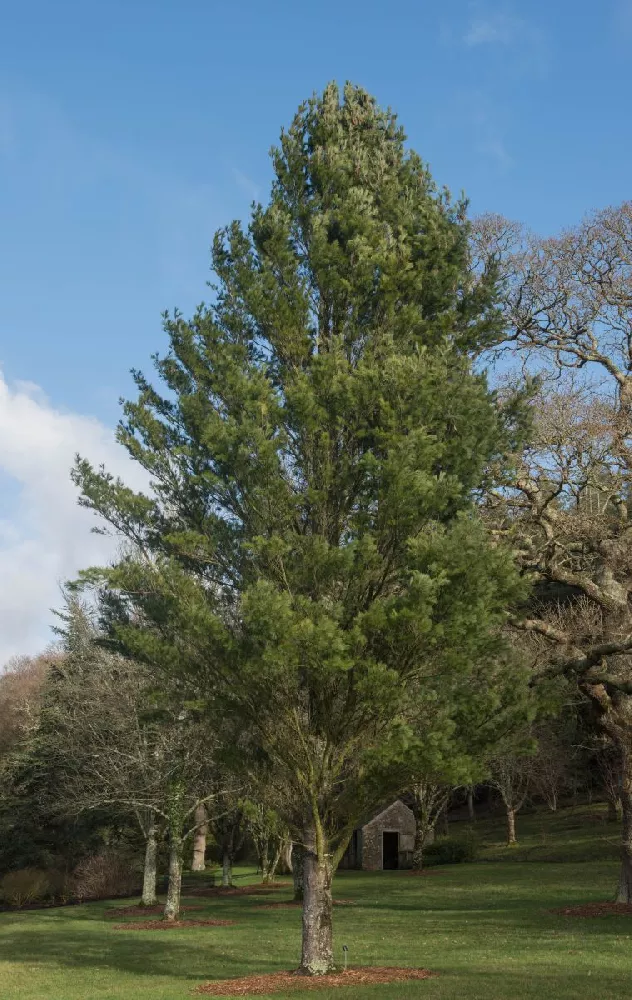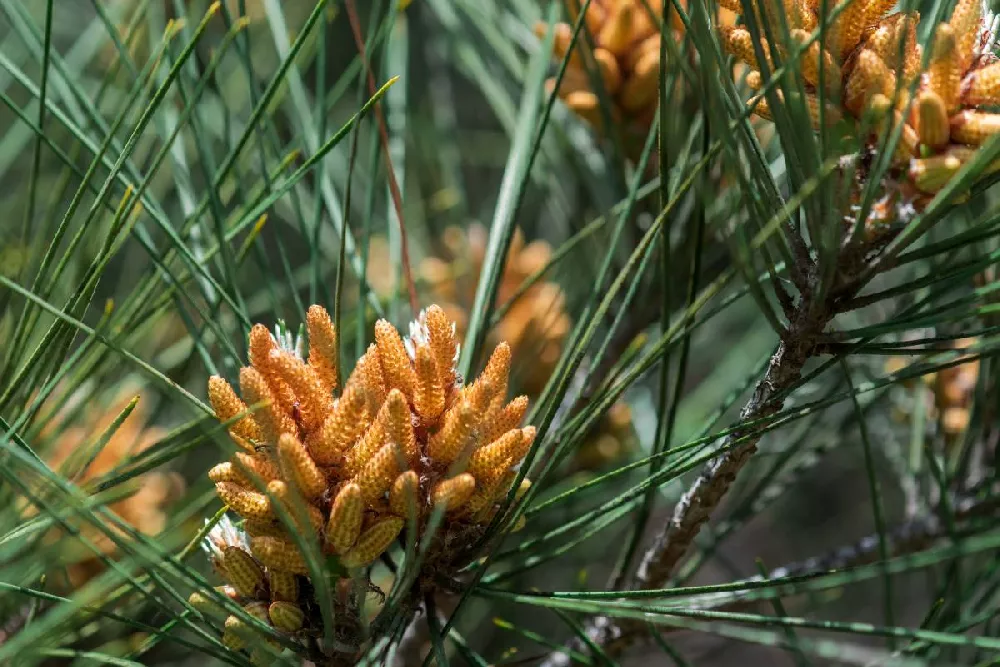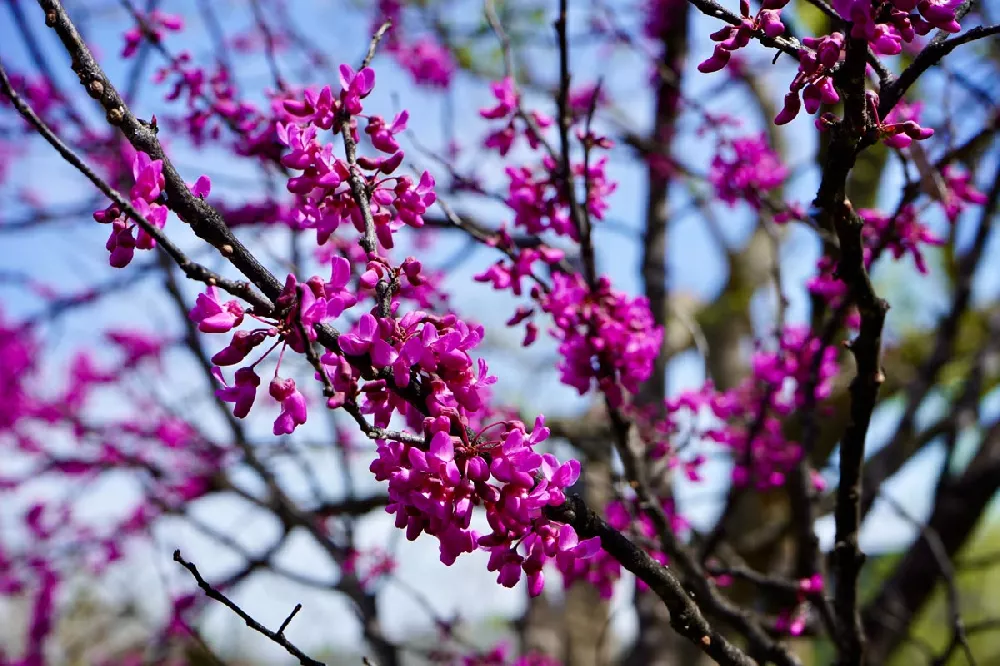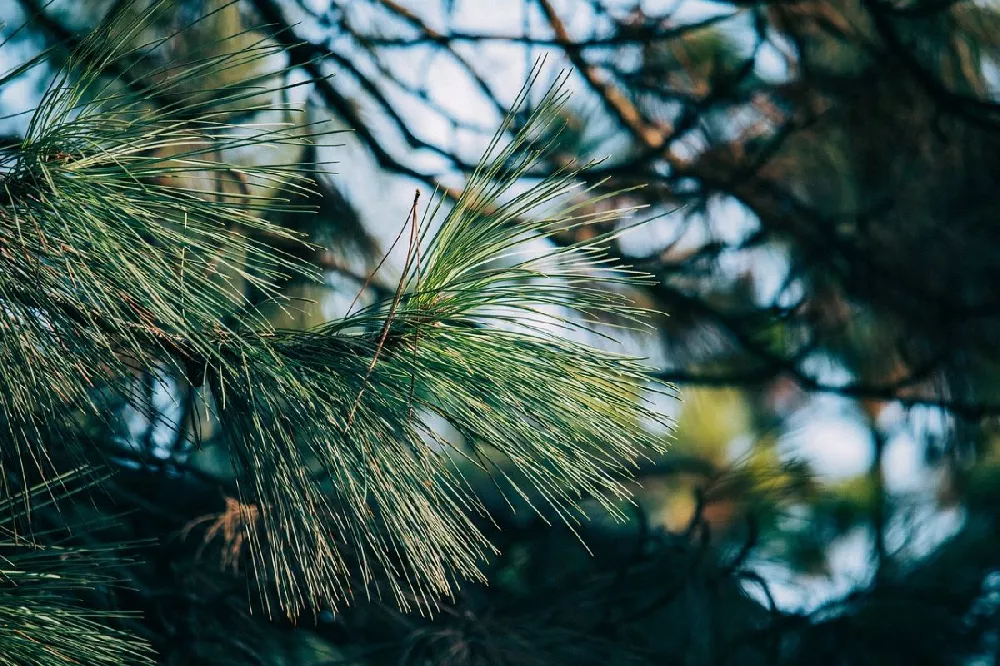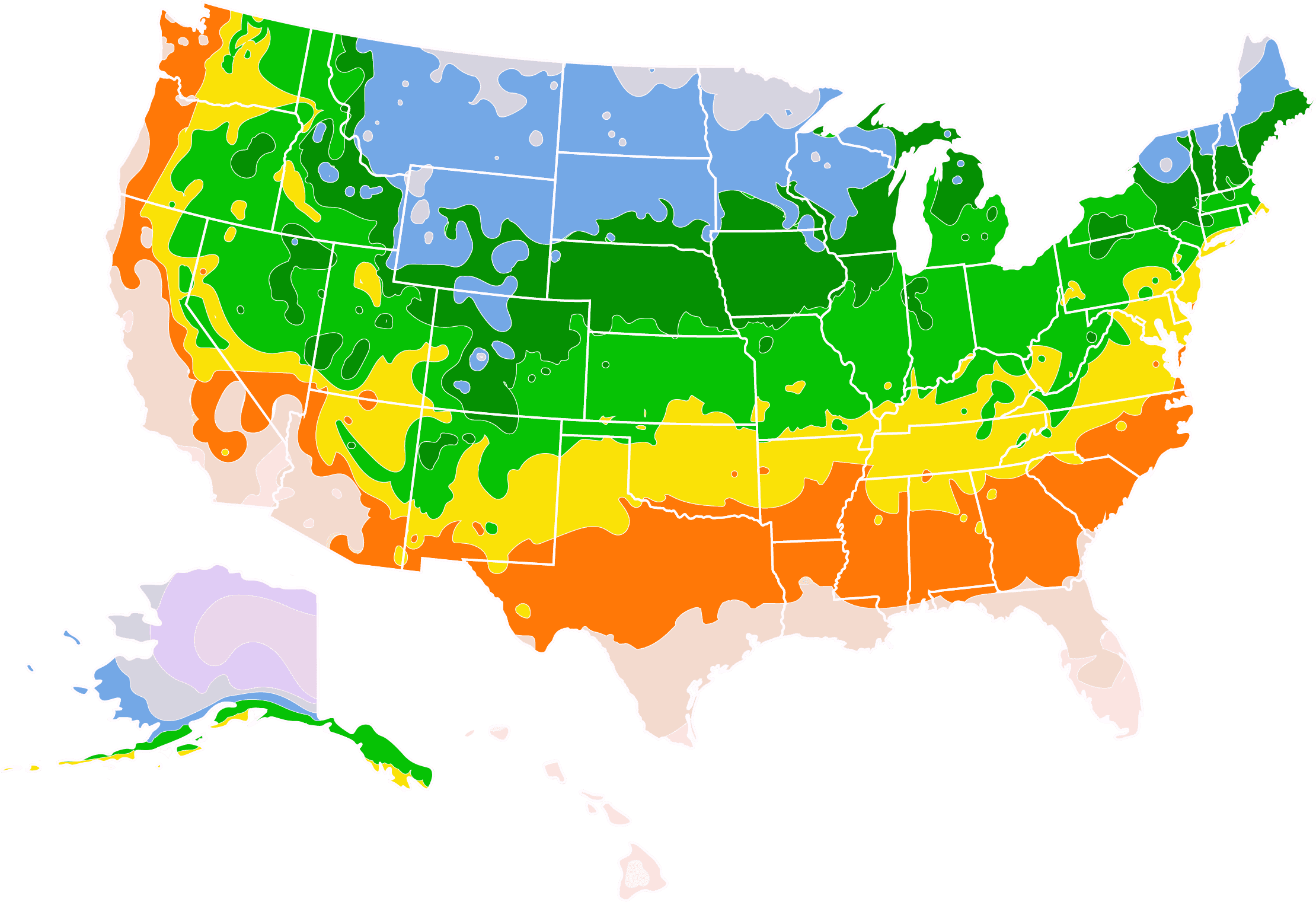- Home >
- Christmas Trees >
- Austrian Pine Tree
Austrian Pine Tree for Sale - Buying & Growing Guide
The Austrian pine tree is a top plant choice for those who want to add consistent evergreen needles to their properties but live where there is a relatively high amount of pollution. This species, Pinus nigra, shows an amazing ability to withstand poor air quality and a wide range of soil types, especially compared to nearly any other pine. Also, the Austrian pine tree maintains a pleasing pyramidal form without the need for constant shaping and pruning. Here are some perks to the Austrian Pine Tree:
- Consistent pyramidal shape without pruning.
- Survives in harsh conditions, including areas with pollution.
- A great option for wind and privacy screening.
Enter your zip code to find nearby stores that may carry this plant.
Plant Care
Sunlight

Provide at least 6 hours of sunlight per day.
Watering
Decent drought tolerance when mature. Water every few weeks or when the soil dries out completely.
Fertilizing

Fertilization needs are low. Use an all-purpose product once a year, but less often is usually fine.
Planting and Care
Planting instructions
As long as the soil in your planting location is relatively moist, your Austrian pine tree should easily adapt to its growing location. These trees survive in clay and alkaline soils and eventually develop resistance to drought and extreme heat. Growing Austrian pine is a great way to create some form of privacy for your garden spaces. Take time to consider the position of your plant and make sure that it blocks the wind or views as effectively as you need it to.
Watering and nutrients
Newly planted Austrian pine trees will need to receive supplemental watering regularly during at least the first year of growth. After that period, this tree will likely develop drought tolerance. For mature trees, you should monitor the soil and add water when the first few layers have dried out completely. The best fertilizers to use for the Austrian pine tree are well-balanced and all-purpose products . You can often get away with feeding this plant once per year in spring or even less often.
Pollination
The Austrian pine tree is a monoecious plant that carries both female and male cones on a single tree. This combination of reproductive structures allows this plant to facilitate both self-pollination and cross-pollination if there is another plant nearby. The Austrian pine tree follows the same pollination process as every other conifer. It utilizes the wind to spread its pollen from its male cones to the female cones, which are responsible for carrying this plant’s fertilized seeds.
Pruning
One of the most relieving aspects of Austrian pine tree maintenance is that you won’t need to do much pruning to keep it looking great. Generally, the Austrian pine tree will develop into a consistent pyramidal form that is pleasing to the eye without the need for shaping. However, while this tree will look great on its own, you may still choose to shear it to fine-tune its shape. Prune selectively in late winter to remove any parts of the tree that are damaged, diseased, or dead.
Pests and diseases
The Austrian pine tree can show signs of dieback, which is often attributed to one of two sources. A disease called tip blight is the first cause of dieback for this tree ; the other issue is the pine nematode, which can affect the tree’s vascular system. Other diseases that can impact the Austrian pine are needle cast and rot. Infestations of sawflies, moths, and weevils may also cause a lot of harm to your Austrian pine tree.
Achieving maximum results
The best way to use the Austrian pine tree is as a form of privacy or in a wind screening hedge. These plants have stiff and dense evergreen needles that will give the coverage and protection you need all year round and make for an excellent green backdrop for some more ornamental plants. The Austrian pine tree is also one of the few pines that you can plant where the soil is alkaline, as most pine species show a strong preference for acidic soils.
FAQs
Do Austrian pine trees have deep roots?
Austrian pine trees typically have root systems that consist of many spreading, shallower roots and a large taproot that penetrates deep into the soil. Since the taproots of these trees are quite deep, transplanting is often difficult to do, especially for more mature plants. Be careful in choosing your initial growing location for your Austrian pine tree, as you will likely be unable to move it once it has reached a mature age.
Where do Austrian pine trees come from?
As the common name indicates, the Austrian pine tree is native to Austria. However, this plant's native range expands beyond Austria's political borders and spans across Italy and some of the Balkans region. Today, the Austrian pine tree has spread to many different parts of the world and is popular in the U.S. It will survive in most areas that fall within a hardiness zone range of 4 to 7.
How far apart should you plant Austrian pine trees?
With hedge creation being one of the most prevalent uses for the Austrian pine tree, the topic of spacing is crucial. When creating a hedge with Austrian pine trees, distance each tree about 10 to 12 feet from one another. These plants will fill those gaps somewhat quickly as they grow about 2 feet per year. That fast growth amounts to a total size of 60 feet tall by about 20 to 40 feet wide at maturity.
Compare Similar Products
You can't add more Product Name - Product size to the cart.
OK